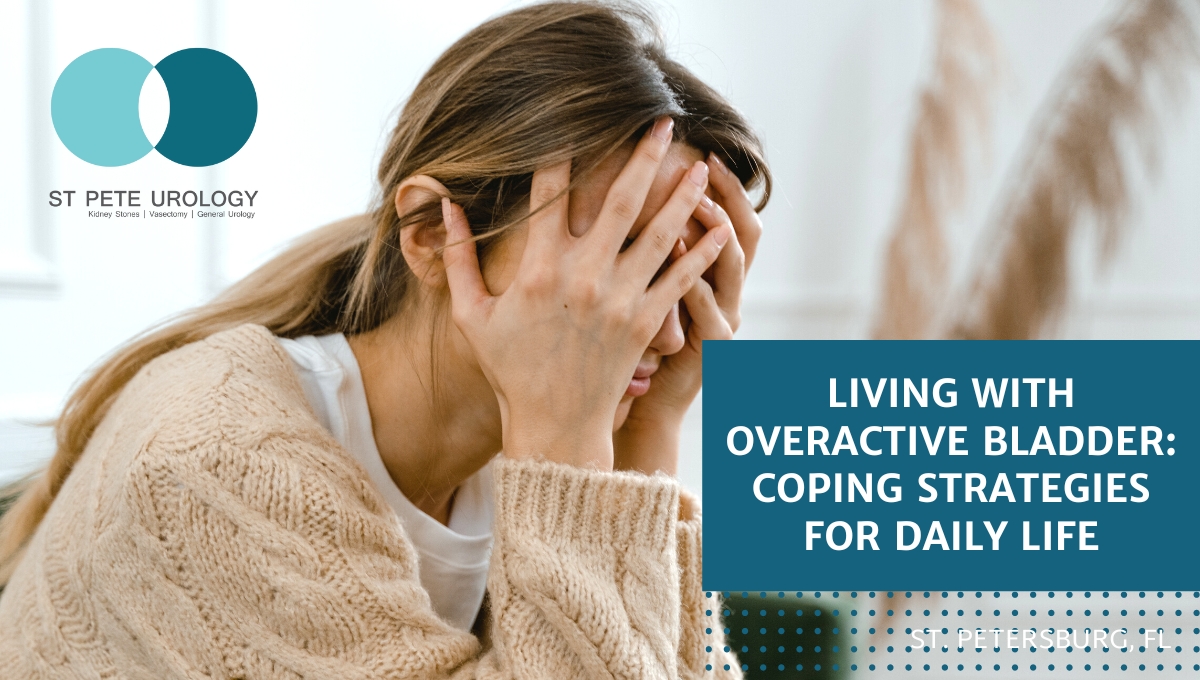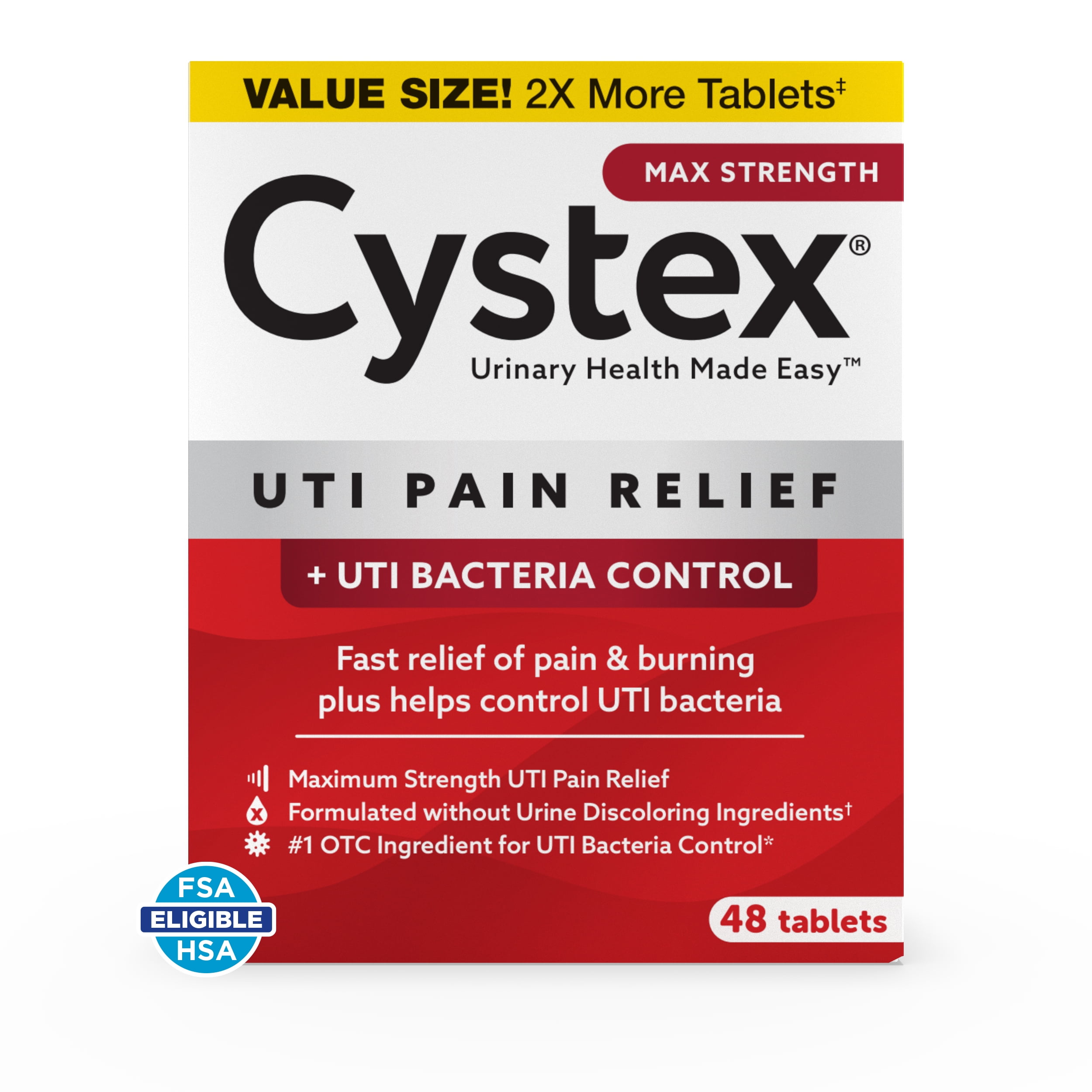
September 3, 2024
Postpartum Healing Timeline: Healing After Birth

Postpartum Urinary Incontinence: Just How To Manage Loss Of Bladder Control After Birth Some ladies may undergo numerous hormonal adjustments while pregnant, and they may wonder what took place to your body after giving birth. It prevails to observe hair loss for a few months after the maternity. This is a sign that the body is going back to its original state. The advertisement is part of the "leakages take place" project, from the females's wellness brand Elvie, intending to raise understanding of a common, but mostly obscured, problem-- postpartum incontinence. More than 80% of postpartum ladies who experience SUI signs while pregnant might remain to experience anxiety incontinence without treatment. Logistic regression analyses were conducted to recognize the risk elements of postpartum SUI in primiparas. Females and their medical professionals must discuss these problems prior to labor and delivery and ahead to some agreement regarding the sensible options if a prolonged labor or tough labor is come across. Some ladies may pick to avoid cesarean area in any way costs, while others might choose earlier cesarean section. As an individual, each woman can work as both a consumer and advocate for her very own wellness.
Common Postpartum Difficulties
Does child relocate more when bladder is full?
Babies experience waking and resting cycles. Some babies are more energetic than others. Sometimes motions can be very uneasy for an expecting mother. Infants constantly seem to kick and move more when their mother has a complete bladder.

- These tools are usually made use of after a lengthy or tough labor to aid deliver an infant.
- We currently understand this cut, called an episiotomy, boosts the threat of anal urinary incontinence.
- UI can take place at any type of age, however it is extra common amongst ladies over 50.
Complications And Special Treatment
Prioritising physical and mental self-care, obtaining support when needed, and being notified about postpartum healing can all make a massive difference in the total experience. While pregnant and delivery, the muscle mass and tendons of the pelvic floor are extended. This deteriorates their support of the bladder and the urinary system sphincter, a muscular shutoff, that controls urine circulation. Tighten your pelvic muscle mass as if you're lifting the marble. Attempt it for 3 seconds each time, after that relax for a count of three. Develop to doing the workout 10 to 15 times in a row, a minimum of 3 times a day. This creates the bladder to really feel complete quicker than normal, implying you require more constant journeys to the commode. The crucial point for women to understand is that incontinence after giving birth does not require to be a day-to-day part of their lives as mamas. There are attainable services, and all they typically require is taking the very first step of requesting for aid. A pregnant woman must bring vital to the healthcare facility for easy maternity. A healthcare facility typically provides coverings, diapers, and crucial medication. Standard understanding of the after-pregnancy symptoms is crucial. The symptoms get rid of with time, and the body reaches typical within a couple of weeks after the youngster's birth. This is again because of the hormone disbalance experienced throughout postpartum. A mommy feels the stress and anxiety of getting used to the demands and needs of a newborn and the stress of returning to regular life immediately. It is also common to experience night sweats after pregnancy. Decreasing estrogen levels are a major factor of what takes place to your body after giving birth. Speaking to your physician about your signs can aid them develop a treatment plan, either medical or non-surgical, that addresses your particular needs. Many females use protective pads, guards or baby diapers to protect their clothing from urine leakage. Alternatively, particularly created absorbent underclothing, which is similar in appearance to normal underwear, can be worn easily under everyday apparel. Urinary incontinence is the dripping of urine that you can not control. This can happen with physical activities, with coughing or sneezing and/or with really feeling an urgent need to pee. As the baby's head boils down into the hips, it presses against the muscles that line the inside of the pelvis. The farther down the baby's head enters into the hips, the higher the stress versus these muscles and underlying nerves. After the cervix is totally dilated, the pressing stage of labor begins. The mother is normally asked to wait on a tightening to start, after that hold her breath, and birth down as hard as she can in order to press the infant out.Social Links